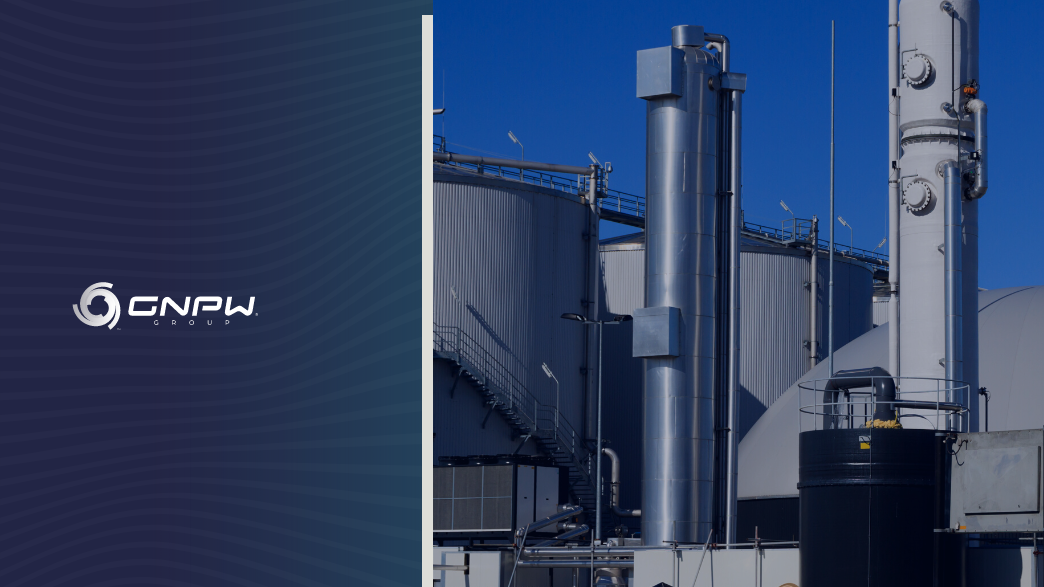Biogas and biomethane are gases produced from biomass that can be used to generate electrical or thermal energy.
With the increase in adherence and the search for renewable sources, biomass has grown and developed in the Brazilian energy market. In this sense, biogas and biomethane are also highlighted. But what is the difference between them?
As companies and governments become aware of the importance of reducing the carbon footprint of their productions, biomass gains projection. Brazil has a large sugar-alcohol sector that can still be explored, contributing to the mitigation of greenhouse gases (GHGs).
According to the president of the Brazilian Biogas Association (ABiogás), the energy potential of biogas and biomethane is more than 100 million m³ of gas per day, which could replace almost 70% of the diesel consumed in the country.
The difference between biogas and biomethane
Biomass is a renewable energy source that uses organic elements such as animal and plant remains. Thus, biogas is a gaseous fuel, generated by the decomposition of organic matter and which can be used to generate electrical or thermal energy.
Its production process is similar to that of composting, however, without the presence of oxygen, so the result is a gas that has methane and carbon dioxide in its composition. In 2020, biogas accounted for 1.3% of the installed capacity for biomass generation, estimated at 15,306 megawatts, according to EPE data.
Biomethane is a fuel derived from biogas, extracted from a purification process, with a reduction in carbon dioxide content, in addition to removing hydrogen sulphide and water content. The result is a gas with more than 90% methane in its composition, resembling natural gas.
Thus, biomethane is a good option for replacing fossil fuel since it has a very similar structure, being able to reach the consumer, according to Abiogás, about 30% cheaper than diesel oil. To encourage investments, the federal government created credit lines for the biomethane market and instituted the concept of “methane credit”.
The importance of biogas and biomethane and growth in Brazil
The development of biomethane and biogas go hand in hand with the energy transition that the whole world seeks to adapt. In the Brazilian territory and market, the production of biogas and consequently of biomethane is favorable and brings several advantages. First, the model is environmentally responsible, as it transforms environmental liabilities into energy assets, in addition to contributing to the decarbonization of the Brazilian energy matrix. Thus, vinasse bagasse, sugarcane straw, rice or other by-products are used in energy production.
Regulated by the National Agency of Petroleum, Natural Gas and Biofuels (ANP), biogas can be sold at gas stations and injected into gas pipelines, in addition to supplying vehicle fleets. Another positive point is that production makes it possible to store and operate with biogas all year round, providing stability in production and quantity control over time, unlike solar and wind energy.
For experts in the sector, the country can become more competitive and more interesting both economically and environmentally if we strengthen this generation from biomass. In addition to the abundance of raw materials in the country, the fuel does not follow oil parity or is subject to international prices, making it a more competitive option.
Today, there are 10 biomethane plants in Brazil, located in Ceará, Rio de Janeiro, São Paulo and Paraná. Another 25 units are estimated by the end of the decade by ABiogás, with an indication of R$ 7 billion in investments already planned, resulting in the production of 2.7 million cubic meters per day. In the case of biogas, there are 44 biogas thermoelectric plants in operation, according to data from Aneel.
With the acquisition of Gás Verde, Urca became the largest producer of biomethane in the country, a sustainable biofuel that contributes to the preservation of the environment and has great potential to transform the energy matrix of Brazilian companies.
EVA operates in the distributed generation of renewable energy for companies of different sizes, offering sustainable solutions. It generates energy from its own biogas plants from landfills and swine farming, which together add up to about 20MW of installed capacity and also contribute to the circular economy. The plants are located in the states of Rio de Janeiro (São Gonçalo and Seropédica), São Paulo (Mauá) and Mato Grosso – this being the largest in the country for generating energy from swine manure.
In the state of Rio de Janeiro, there is a bill in progress, the Bill 9.635/22, which provides for the reduction of taxes on the production of biogas and biomethane with a reduction in the rate, from 20% to 12%. Therefore, biogas and biomethane are of fundamental importance in the diversification and decarbonization of the Brazilian energy matrix.

Comment